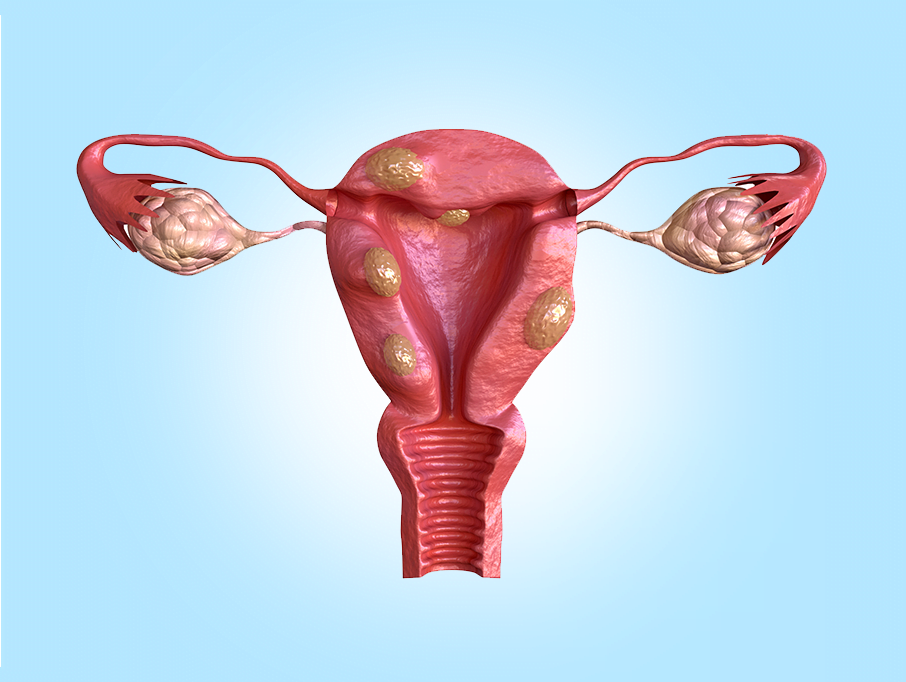- Conditions Treated
Overview
Fibroids are non-cancerous tumors present in the female genital tract. About 80% of menstruating women have them but only about 10% have issues due to fibroids and require further management.
Why does one get fibroids?
Genetic factors coupled with hormonal imbalances are commonly blamed for the formation of fibroids , however the exact cause is still unknown.


Symptoms
- Heavy menstrual bleeding: Fibroids can cause prolonged and heavy periods, requiring frequent changing of sanitary protection.
- Pelvic pain or pressure: Fibroids can lead to discomfort or a feeling of pressure in the pelvic area.
- Frequent urination: Fibroids can exert pressure on the bladder, causing increased frequency of urination.
- Constipation: Large fibroids can put pressure on the rectum, leading to difficulty with bowel movements.
- Infertility and miscarriages: Depending on their location, fibroids can interfere with fertility and increase the risk of miscarriages.
Treatment Approach
- Medication: Hormonal medications, such as birth control pills or gonadotropin-releasing hormone agonists, can help regulate menstrual bleeding and manage symptoms.
- Non-invasive procedures: Techniques like uterine artery embolization (UAE) involve blocking the blood supply to fibroids, causing them to shrink and alleviate symptoms.
- Surgical interventions: Surgical options include myomectomy, which involves removing the fibroids while preserving the uterus, and hysterectomy, which involves removing the entire uterus. These procedures are considered for cases where symptoms are severe or fertility preservation is not a concern.


